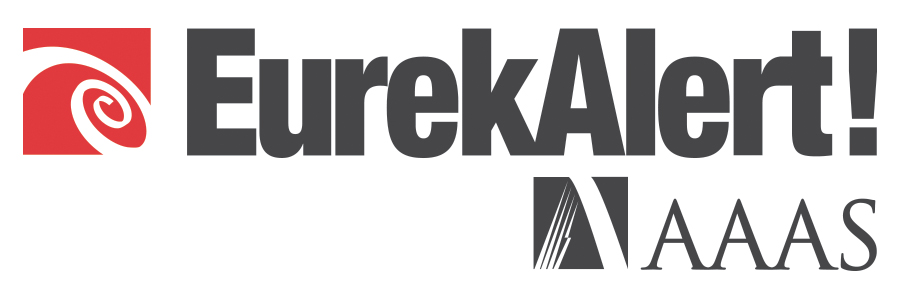
Researchers at the University of Maryland, Baltimore County (UMBC) and Anne Arundel Medical Center have conducted a study that explores how surgical trainees are experiencing a new gestural technology designed to improve communication during laparoscopic surgery. The results of this research has just been presented by Azin Semsar, first author and UMBC PhD student in Human-Centered Computing, at the annual symposium of the American Medical Informatics Association (AMIA).
Surgeons perform laparoscopic surgery by inserting a small camera into the abdomen and watching their instruments’ movements through a live video. While referring to the video, surgeons cannot touch the display or a mouse, because their hands need to remain sterile. Instead, they must use verbal descriptions to communicate with others during the surgery. Trainees must pay close attention to verbal instructions, and figure out how to turn those verbal cues into action, without relying on any gestural interactions between the surgeon and the screen.
Researchers sought to develop a more effective way of training surgeons in laparoscopic techniques by using a technology called the Virtual Pointer, developed by Helena Mentis, associate dean for academic programs and learning, and associate professor of information systems at UMBC.
“This technology allows the surgical trainer to point at the live video and draw on it without touching it, so they can instruct the surgical trainee on how to perform the procedures,” says Andrea Kleinsmith, assistant professor of information systems at UMBC. Kleinsmith led the effort to measure and understand the technology’s impact on the trainee’s cognitive load.
Instead of relying solely on verbal instructions, through the Virtual Pointer the trainees could better visualize what to do next. Kleinsmith and Mentis sought to test whether this method impacted cognitive load, the amount of mental effort necessary to carry out the task. If the method significantly increased cognitive load, this would not have been a useful training tool during surgical procedures.
Importantly, the Virtual Pointer incorporates both visual and verbal information. The trainer still provides verbal instruction, but they can also give visual cues at the same time. In the long term, researchers predicted that using both visual and verbal information processing would lessen cognitive load on trainees. However, they also predicted that cognitive load would increase initially, due to the effort needed to get accustomed to the new technology.
To determine the cognitive load of the surgical trainees, the researchers measured their physiological responses connected to levels of arousal. “In particular, we are interested in the electrodermal activity, which, [very simply] equates to the amount of sweat on the skin. It has been linked to cognitive load,” Kleinsmith explains. They measured that electrodermal activity using wristbands worn by the trainees during training. They found that their cognitive load did not increase with the first use of the Virtual Pointer–instead, it stayed the same.
The Virtual Pointer also had a positive impact on the communication between trainer and trainee. Without the Virtual Pointer System, the trainees stopped the training to process their instructions more frequently. With the system, they were better able to continue performing the training while processing new information.
“We found that, when using the system, not only did their cognitive load not increase, but they were actually able to perform more tasks than in the standard training,” Kleinsmith explains.
Testing this tool required a partnership between researchers in two very different fields, with Mentis developing the technology and Kleinsmith measuring the viability of that technology in a real-world training setting. Their findings indicate that there is hope for more efficient training for surgeons through a tool that does not increase mental effort in the training experience. More research is needed on the impact of the Virtual Pointer System on cognitive load in active operating room settings.
###
Disclaimer: AAAS and EurekAlert! are not responsible for the accuracy of news releases posted to EurekAlert! by contributing institutions or for the use of any information through the EurekAlert system.

